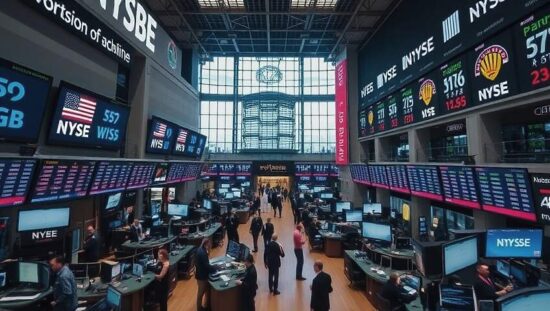German equities opened Wednesday with gains, fueled by a renewed, albeit fragile, sense of optimism surrounding the ongoing conflict in Ukraine. The DAX index, a key benchmark for German market performance, reached approximately 23,540 points around 9:30 am, representing a 0.3% increase compared to the previous day’s close. Siemens Energy, Rheinmetall and Commerzbank demonstrated the strongest performance, while Henkel, Porsche Holding and Deutsche Börse lagged.
This surge in market sentiment appears disproportionately influenced by hope, according to Thomas Altmann of QC Partners. Investors, previously struggling to justify investment decisions, are now finding justifications in the perceived momentum toward a resolution. However, this optimism may be overstated. Trading platforms like Polymarket, which offer a more nuanced and predictive market on future events, suggest a vastly more cautious assessment of potential peace talks. Current projections assign only a 16% probability of a ceasefire occurring this year, rising to 56% by the end of 2026 – a timeframe significantly longer than what the current DAX rally suggests.
The renewed focus on the critical 200-day moving average adds another layer of complexity. After closing below this crucial technical indicator yesterday, the DAX is now attempting to break back above it, a move that would signal a positive shift in investor sentiment and potentially trigger further buying pressure. The importance attributed to this line by both human investors and automated trading models underscores its significance in shaping market direction.
Beyond equities, the euro strengthened slightly against the US dollar, trading at $1.1577, reflecting a minor but notable change in currency dynamics. Simultaneously, the price of Brent crude oil experienced a slight decrease, falling to $62.45 per barrel.
The rapid and arguably premature rebound in German markets raises questions about the sustainability of this optimism and the potential for a correction if geopolitical realities fail to align with current investor expectations. It also highlights the disparate methodologies employed in gauging the likely trajectory of the Ukrainian conflict, with traditional stock valuations presenting a potentially misleading narrative compared to more sophisticated predictive markets.





